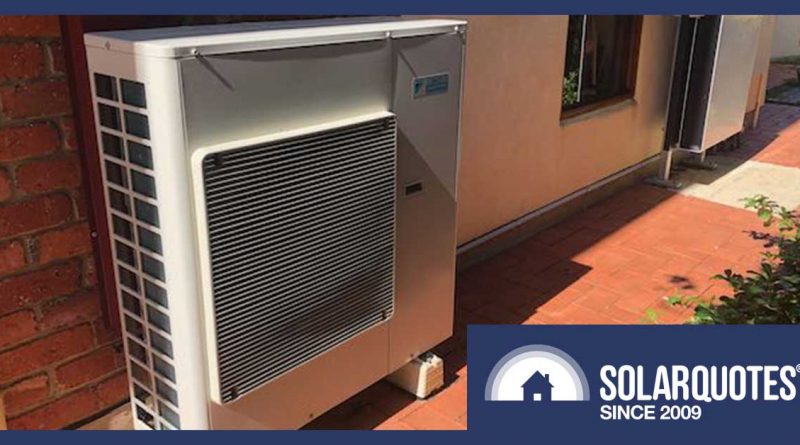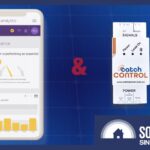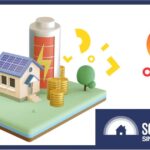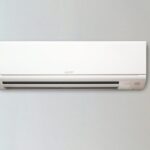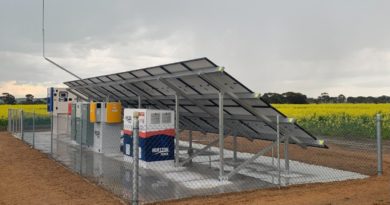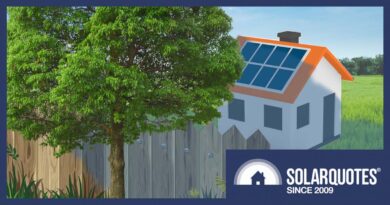Can Diverting Solar To Air Conditioning Help Reduce Overvoltage? Paladin Says Yes.
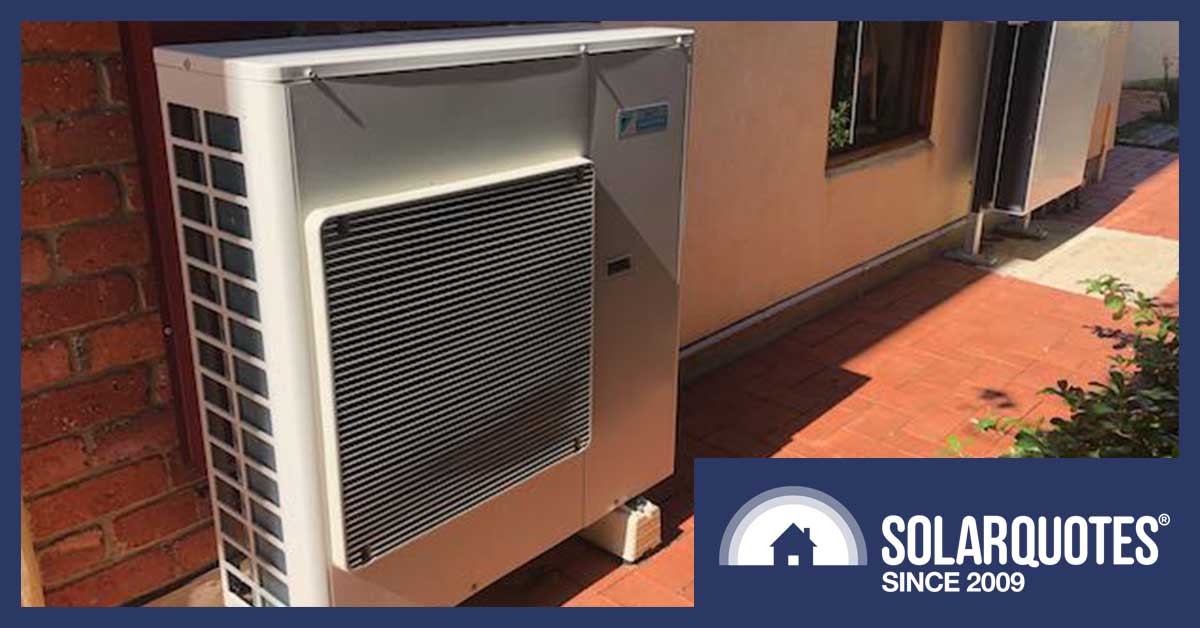
With a smart 3rd party controller, your air conditioner can help a solar-laden grid balance supply and demand.
While regulators fret about the impact of solar power on low voltage distribution networks, developers are looking at ways to use household loads to relieve the stress.
Last week, I chatted to an NZ-founded company called Paladin, whose focus over the last four or five years has been a controller that diverts excess power from PV to a customer’s electric hot water service. It’s a double-win: the customer gets cheap hot water, and the diverter provides a load to soak up electricity that would otherwise stress the grid.
Innovations like this solar diverter are important at a time where AEMO has decided SA Power Networks needs the power to switch off customers’ solar systems if needed to avoid “negative demand” events (a power it says will be used only rarely).
As Paladin boss Mark Robinson pointed out, power companies don’t want exports happening between 10 am and 2 pm, because that’s when the overvoltage happens – when local areas reach 257V, inverters start shutting down.
The Genesis Of An Idea
With the advent of the COVID crisis and while Paladin’s chief developer Ken Smith was working on giving the controller a wireless interface to the water heater’s temperature sensor, he also pursued the idea that air conditioning can do the same thing as a hot water service – act as a load that consumes excess solar energy on-site.
For the wireless, Smith said, he wanted to avoid WiFi because it asks too much of the owner. Instead, he turned to the radio standard called LoRa, a low-power long-range wireless standard (here’s the Wikipedia entry).
“It fits roughly in the same frequency band as old pagers – excellent range, but low data rates. Once I got around the limitations of LORA, without compromising the performance, I can send a short data stream telling me all Paladin can see.”
That fed into Smith’s thinking about making use of air conditioners. For some time, he said, modern air conditioning units have included a “Demand Response Enabling Device”, or DRED.
The DREDs were implemented at the request of electricity companies so that if there’s a shortage of power (for example, during a heatwave or when electricity supply is disrupted), the network can turn air conditioners down or off.
Smith told us his idea was the inverse of what the networks do – turn the aircon on or up to soak up excess solar electricity from a household PV system.
He said at first glance it looked like a really knotty problem, because the air conditioner’s compressor has so many possible settings using different amounts of power.
“It took a couple of sleeps and a few pots of coffee to realise – the complexities don’t matter. We’ve developed a box that receives the broadcast [from the existing Paladin controller – SolarQuotes]. Just turn it on, and you’ve got control over the aircon.”
The Paladin controller “modulates the compressor power that matches the sun, so you don’t have to spend a lot of money at peak rates.” For the end-user, most of the air conditioning can happen using 12 cent (per kWh) electricity instead of 30 cent electricity.
And, just like diverting excess solar to the hot water service, it helps the grid, because it reduces the export during peak times.
“And you can run multiple units – when compressor one backs off, the second unit can start, and so on.”
There’s another benefit, he said: by matching the power of the aircon to the excess solar, getting a house to the desired temperature might happen more slowly than without the controller, but a big unit with a 4kW compressor won’t hit the customer’s bills so hard.
Paladin boss Mark Robinson added that the Paladin controller responds quickly enough to a whole household’s load that “as clouds go over, it reacts” – or if someone puts the kettle on, the controller cuts the amount of solar electricity going into the air conditioner.
Coming Soon To A Home Near You
Paladin states development has gone smoothly and Smith said the first units are in the Paladin workshop now.
Robinson commented: “After final testing, we hope to have this on the market by Christmas.”
He said the timing is important as just a couple of years ago, feed-in tariffs were high and curtailment unheard of, so there was no real need to divert power to local loads. But so much household PV is now live (and more is coming), the situation has changed.
Smith said until recently, users have focused on “how much we made from export”.
“If you’re exporting, you’ve got it wrong”, he stated. “The conversation should now be how much I can consume of my own power because I’m managing it better.”
Original Source: https://www.solarquotes.com.au/blog/divert-solar-air-conditioning/

